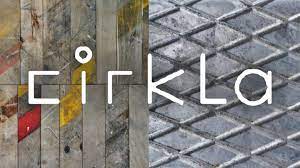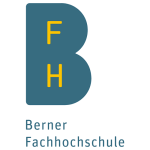

A more effective lever for decarbonization and material conservation lies in considering space as a resource. Instead of creating optimized new buildings, the existing building stock becomes an opportunity for circular development. With typological data (on areas, volumes, uses, spatial quality, flexibility) of existing buildings, their potential for conversion can be mapped and measured. This data is used to create an innovative “utilization passport” as an indicator of a building’s utilization potential. This makes it possible to match the space requirements of new uses, which are also typologized, with the “use passes” of existing buildings. In this way, TransForMatch makes the transformation potential of existing buildings visible and accessible for strategic planning. At the same time, the transparency and evaluation of the resource savings potential for further use creates incentives for a systematic extension of the utilization horizon of existing buildings.
The “utilization passport” is to be queried across portfolios in order to evaluate locations and utilization clusters (from individual objects to settlement areas). This makes the tool effective and attractive to both public and private stakeholders in the real estate industry in terms of the circular economy across Switzerland. The CBI Booster will support the collaborative project in finding suitable implementation and application partners.

